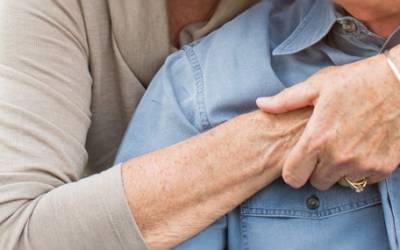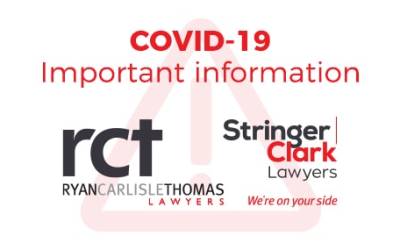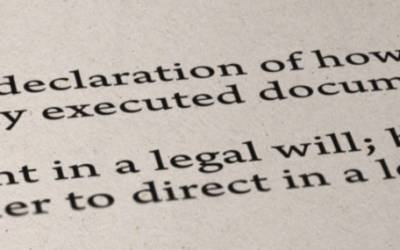Call 1800 641 743 for a free first interview. Ask about our No Win No Fee OR Expenses* fee policy.
Published: 16 October 2019
Author:
Rosalba Martino
Voluntary Assisted Dying Act 2017
Victoria became the first Australian State to pass legislation allowing assisted suicide. The law was passed by Parliament on 29 November 2017 and came into effect on 19 June 2019.
This law gives terminally ill people with less than six (6) months to live, the right to end their lives and bring about death at a time they choose. Under this law, eligible patients can ask their doctors for access to life ending medication.
To access voluntary assisted dying, you must meet certain eligibility criteria. You may be eligible if:
- You are aged over 18 years;
- You have decision making capacity;
- You have been living in Victoria for at least 12 months;
- You are an Australian citizen or permanent resident;
- You have an advanced disease that will cause your death within six months (or within 12 months for neurodegenerative diseases such as motor neuron disease); and
- Your disease is causing unbearable suffering.
The first person in Victoria to voluntarily die under the legislation was a 61-year old grandmother having battled with breast cancer for almost a decade with no prospect of a cure. She died on 15 July 2019.
A request by a patient to access the lethal substance and be granted a permit to voluntarily die must be made directly by the patient, either verbally or in writing, to their doctor on three separate occasions. On each occasion that the patient makes the request, the patient must meet all of the eligibility criteria.
The Victorian legislation contains numerous safeguards. These safeguards were designed to protect vulnerable individuals.
One such safeguard is the pre-authorisation process. The coordinating doctor must review all relevant documentation, complete a final review form and apply for a permit from the Secretary of the Department of Health and Human Services.
Prior to the pre-authorisation process being initiated and in order for a patient to be granted the permit for assisted suicide, the following must have occurred:
(a) the legislative requirements have been met;
(b) the patient has been assessed as eligible by their own coordinating medical practitioner and a consulting medical practitioner;
(c) the patient has made a written declaration;
(d) the patient has appointed a contact person; and
(e) the patient has made a final request to their coordinating medical practitioner.
The request by a patient to access the Voluntary Assisted Dying scheme must be voluntary, consistent and fully informed.
The patient must be fully informed about their disease and the nature and effect of the decision. They must also be fully informed of the treatment and palliative care options available to them.
Once the Secretary of the Department of Health and Human Services receives a request for a Permit, it must then determine whether to issue a permit within 3 business days.
The system allows doctors the choice of whether or not to be participants. However, a doctor who chooses not to participate in the system is prohibited from impeding a patient’s access to assisted dying.
The Catholic Church has been emphatically opposed to the legislation and has stated that it will not allow its hospitals or hospices to participate in the scheme.
It is estimated that in Victoria up to 150 people per year will eventually use the scheme.
For anyone in a position where the voluntary assisted dying scheme may be of relevance personally or to family or friends or you are faced with a serious diagnosis it is also important to consider preparing documents such as a Will, Enduring Power of Attorney and Appointment of Medical Treatment Decision Maker.
Categories Wills, Legislation
Call 1800 641 743 to be connected to your nearest office, find an office near you on our office locations map, or email us using the form below and we will contact you on the same or next business day.
* Required Field



